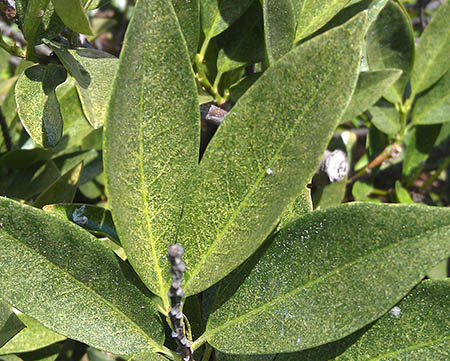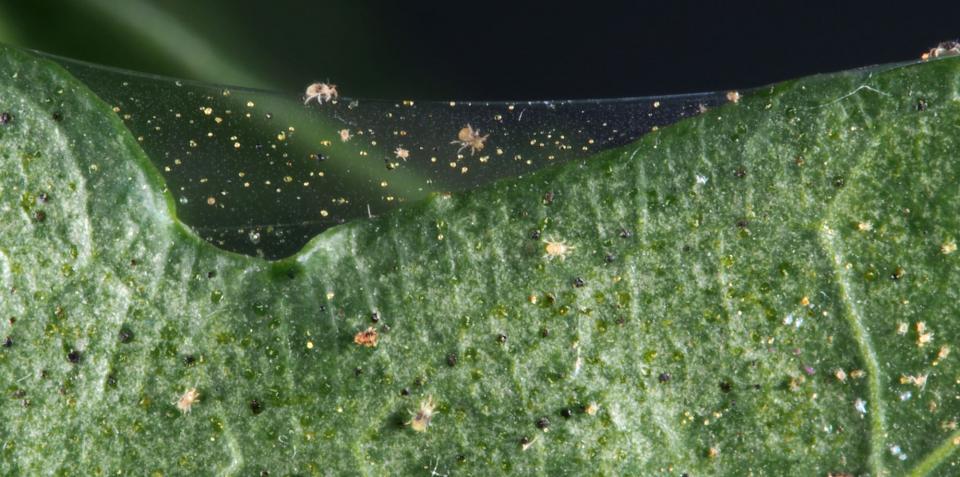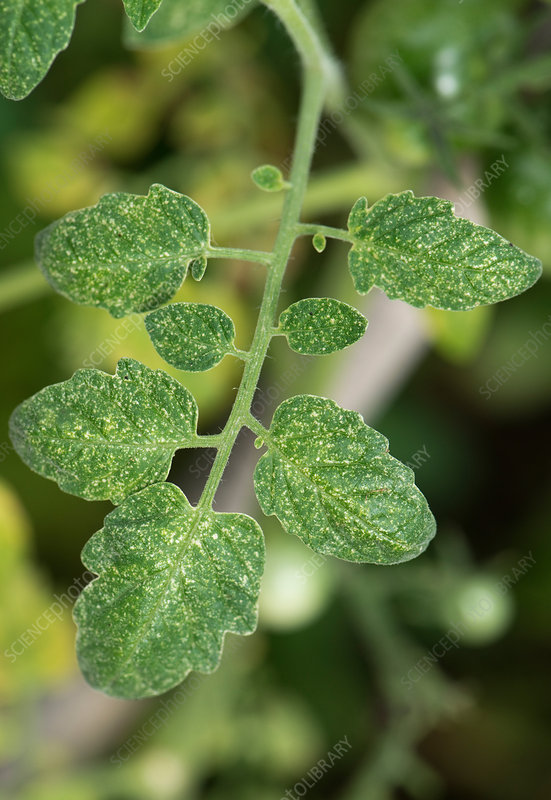CALL TO MEET WITH AN ARBORIST
704.525.3066 Charlotte
828.231.6008 Asheville
704.892.8927 Lake Norman
Spider Mites
WHAT ARE THEY?
Mites are common pests in landscapes and gardens that feed on many fruit trees, vines, berries, vegetables, and ornamental plants. Although related to insects, mites aren’t insects but members of the arachnid class along with spiders and ticks. Spider mites are the most common mite pests and among the most ubiquitous of all pests in the garden and on the farm. To the naked eye, spider mites look like tiny, moving dots; however, you can see them easily with a 10X hand lens. Spider mites live in colonies, mostly on the undersurfaces of leaves; a single colony may contain hundreds of individuals. The name “spider mite” comes from the silk webbing most species produce on infested leaves. The presence of webbing is an easy way to distinguish them from all other types of mites and small insects such as aphids and thrips, which can also infest leaf undersides.


WHY DON’T WE LIKE THEM?
Mites cause damage by sucking cell contents from leaves. A small number of mites usually isn’t reason for concern, but very high populations—levels high enough to show visible damage to leaves—can damage plants, especially herbaceous ones. At first, the damage shows up as a stippling of light dots on the leaves; sometimes the leaves take on a bronze color. As feeding continues, the leaves turn yellowish or reddish and drop off. Often, large amounts of webbing cover leaves, twigs, and fruit. Damage is usually worse when compounded by water stress.
WHAT CAN WE DO?
Option 1: Cultural Control—Syringing. Since rainy weather seems to knock off spider mites, using a forceful jet of water from a hose (syringing) can perform the same task. Regular syringing can keep spider mites under control on most ornamental plants in the landscape. This technique also helps conserve natural predators.
Option 2: Cultural Control—Quarantine and Inspection. The twospotted spider mite is often introduced on infested bedding and house plants. When purchasing new plants, carefully inspect the lower leaf surface for any signs of mite activity. New house plants should be quarantined from other plants until you are sure that no mites are present.
Option 3: Biological Control—Predators. There are numerous insects (lacewings and lady beetles) that prey on spider mites. However, the most commonly sold predators are other types of mites. Predatory mites (usually Phytoseiulus spp., Amblyseius spp., or Metaseiulus spp.) can be purchased and released onto infested plants.
Option 4: Chemical Control—”Soft Pesticides.” Most spider mites can be controlled with insecticidal/miticidal oils and soaps. The oils—both horticultural oil and dormant oil—can be used. The insecticidal/miticidal soaps are useful in the warm season. Remember that mites are very tiny and soaps and oils work by contact only so regular monitoring will be needed to maintain control.
Option 5: Chemical Control—Miticides may be used in heavy infestations for longer residual control. However due to their rapid reproduction, resistance can build quickly and multiple miticide treatments using similar products can do more harm than good. Ideally, a one time application would be performed and less impactful options would be used once control is established.

GET LIVE UPDATES FROM HEARTWOOD TREE
Stay current with the updates, newsletter and our event schedule. We are passionate about increasing awareness about the diminishing canopy coverage of our planet and we’re always staying involved to continue to be a part of the solution.

